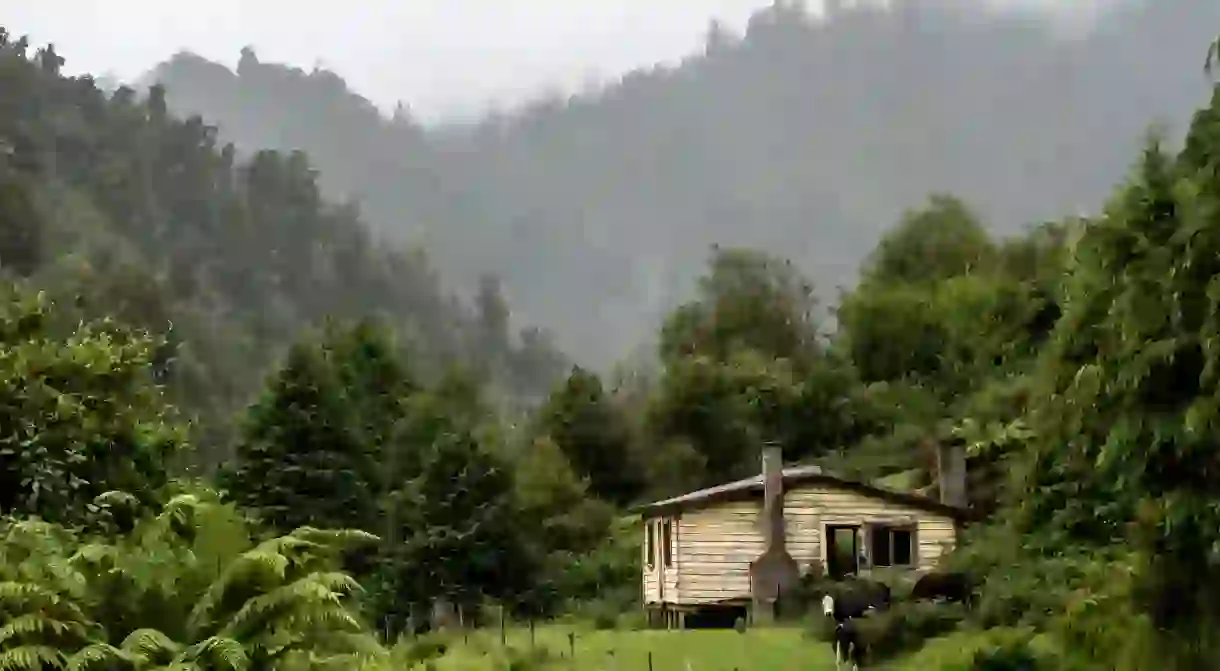Here's What You Need To Know About New Zealand's Last Sacred Forest

On the east coast of New Zealand’s North Island, the rainforest of Te Urewera exists as its own legal entity. The land is governed and preserved by the Tūhoe people, who consider it a place of great sacred significance. Culture Trip explains the backstory to this region and how you can go about visiting.
In the Hawke’s Bay Region of New Zealand’s North Island lives a secluded and spectacular rainforest, which belongs to its 7,000 Tūhoe inhabitants. It is a sacred land to the local community, so visiting should be done respectfully.

The story of Te Urewera
Te Urewera – a place of verdant tree canopies, waterfalls and wildlife – is the traditional home to the tribal Tūhoe people of Māori identity. Over the years it has navigated a difficult relationship with the New Zealand government. In the 1860s and 1870s, the government invaded and claimed the land. “Land was confiscated, villages and food stores were burned, and many Tūhoe perished through execution or starvation,” New Zealand’s Department of Conservation writes. Then, in 1896, more land was acquired illegally by the New Zealand government despite a peace settlement, and by 1954 it became a national park, without consent from the Tūhoe people.

After 60 years, the community reclaimed their land under the Te Urewera Act 2014, which recognised the rainforest as its own legal entity – stripping it of its national park status. This represented a New Zealand ,and, indeed, world, first, and meant all responsibility for its river valleys and bush clearings fell on its legal guardians: the Tūhoe people.

Planning a trip to Te Urewera
The locals of Te Urewera welcome visitors, however, they encourage you to take a mindful approach while on their land. “Maybe it’s not about getting the best photo of yourself near a waterfall or the ultimate deal on a hunting trip,” Tribal leader Tamati Kruger told the BBC. “Maybe it’s about meeting the locals, staying with us, learning some of our history and hearing some of the stories and values that make up our lifestyle.”
A shift in perspective is also sought after. “Instead of seeing nature as a set of discrete resources to be managed and used, we’re asking people to see Te Urewera as a living system that others depend on for survival, culture, recreation and inspiration,” Kruger told the BBC. “It’s about relating to Te Urewera as its own identity in a physical, environmental, cultural and spiritual sense.”

Joining on a trek with Tūhoe guides is a brilliant way to support the community and learn about the area and history of the bush. Popular treks include visiting the native podocarp forest and sacred Arohaki Lagoon, and planting native trees – including rimu, totara and matai – en route to Whirinaki Forest Park. Meanwhile, you can also discover the land through horse riding with locals, or by joining on fishing and hunting excursions with Ahurei Adventures.

Elsewhere, foodies can enjoy immersing themselves into the local scene with a home-cooked dining experience at 95-percent-recycled restaurant the Black House.













